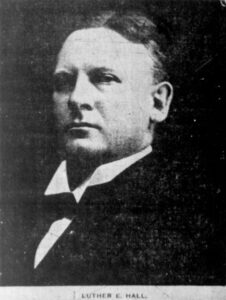Business & Industry

Louisiana Film Industry
An early participant in the industrialization of film exhibition, distribution, and production, Louisiana adopted the moniker “Hollywood South” in the early twenty-first century.

An early participant in the industrialization of film exhibition, distribution, and production, Louisiana adopted the moniker “Hollywood South” in the early twenty-first century.

Louisiana’s folktales have been influenced by Indigenous peoples and the many cultural and ethnic groups that have immigrated to the state.

Louisiana’s government is dominated by Anglo-English traditions, with influences of French and Spanish colonial political cultures surviving today mostly in legal matters and in the language describing its institutions and practices.
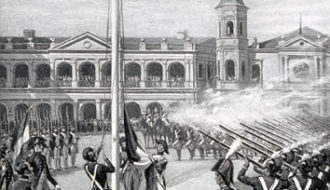
This entry covers the Louisiana Purchase of 1803 and the period of territorial governance that followed until Louisiana became a state in 1812.

The Louisiana Purchase in 1803 added an immense, undefined amount of territory to the United States.

With its diverse musical heritage, Louisiana has been home to many important record labels.
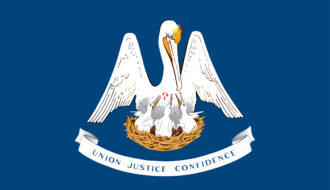
Centered on a blue field, the Louisiana State Flag features a nest of pelicans above a white banner, or ribbon, inscribed with the state motto: “Union Justice Confidence.”
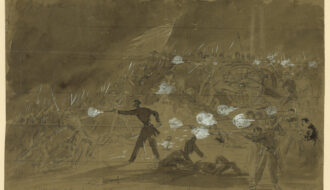
During the Civil War, Louisiana’s battalions and regiments of foot soldiers were collectively known as the Louisiana Tigers with a reputation for reckless, often alcohol-fueled behavior.

As early as the antebellum era, Louisiana women fought for the rights of African Americans in the abolitionist movement.
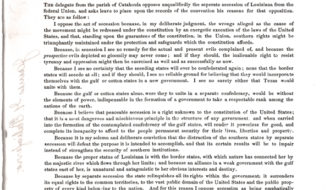
Louisiana seceded from the Union on January 26, 1861, although many in the state opposed the decision.
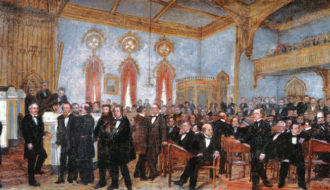
The election of Abraham Lincoln and threats to slavery’s expansion were two major factors in Louisiana’s decision to leave the Union.
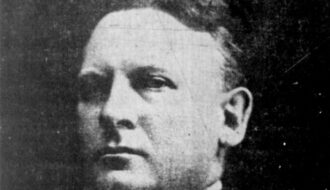
Before becoming governor of Louisiana, a position he held from 1912 until 1916, Luther Hall served as a state senator, a district judge, and a state appellate court judge.
One-Year Subscription (4 issues) : $25.00
Two-Year Subscription (8 issues) : $40.00
